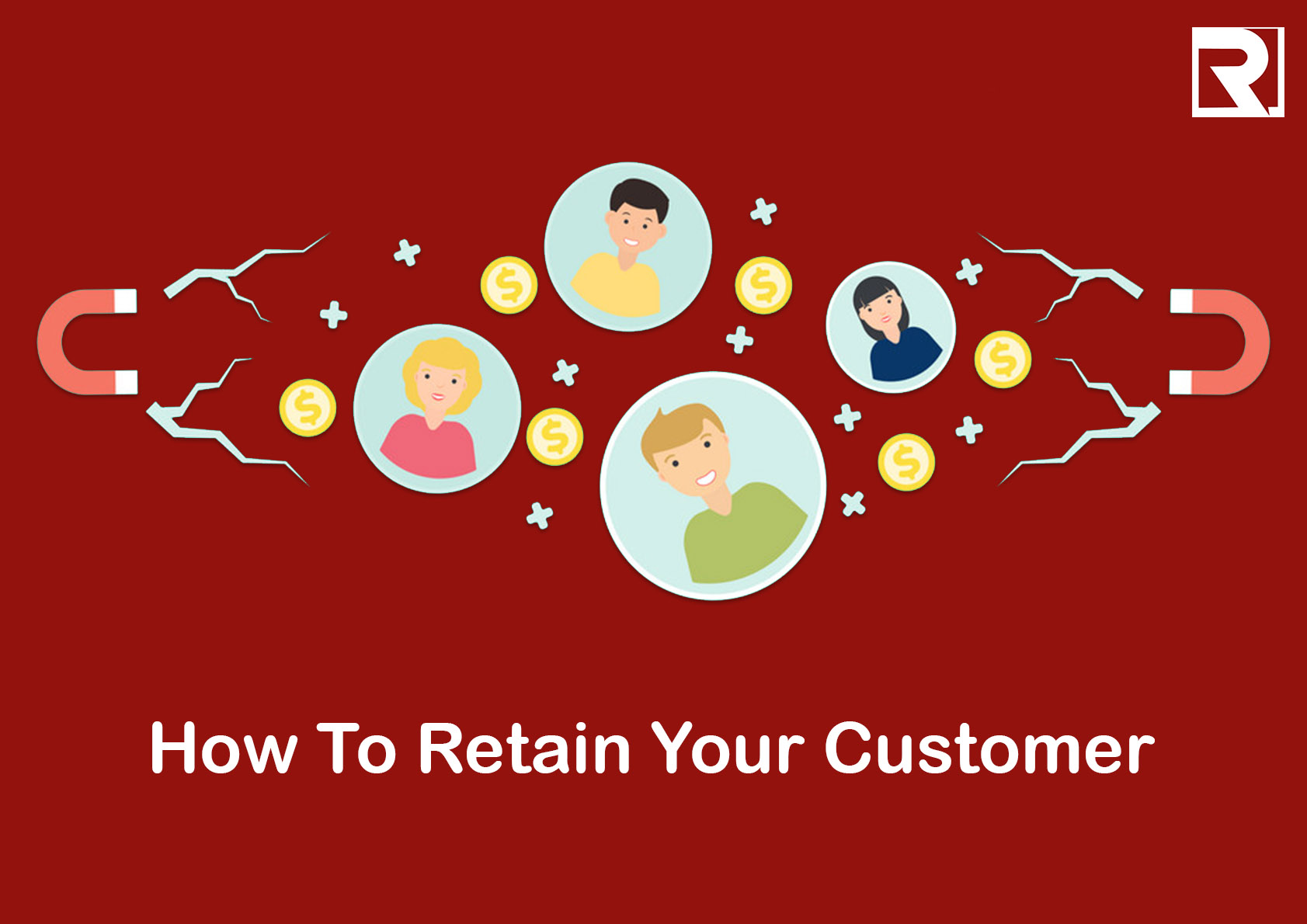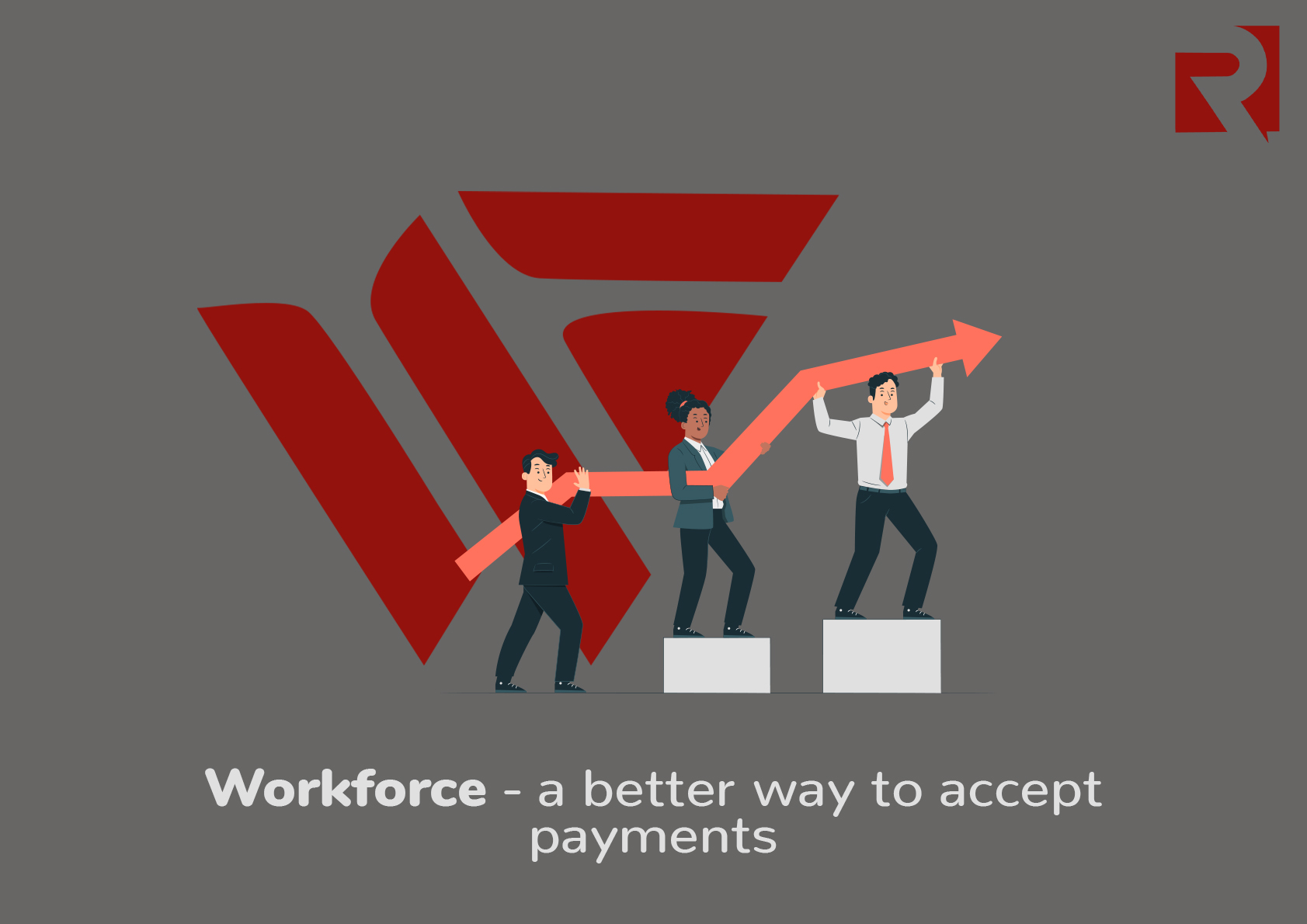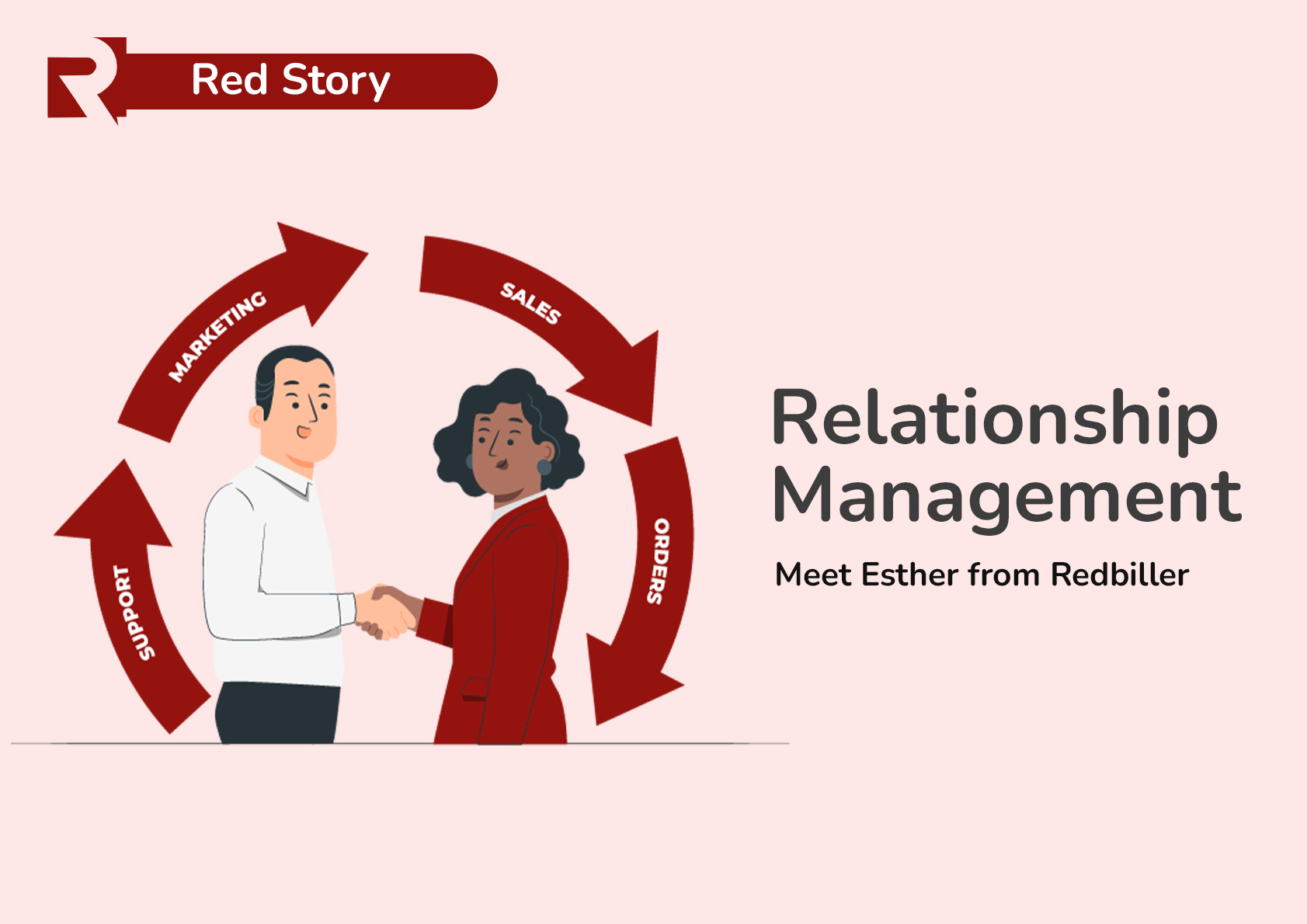Customers are arguably the biggest determinants of a business failure or success. Actually, no business can exist without customers. As market demands evolve and new products are rolled out to meet these demands, a business’ biggest assurance of market success is its existing customers.
Existing customers means people have continued to transact with the business exclusively or alongside others as the need arises. Efforts to attract customers do not terminate at sales or customer acquisition but is continued to achieve customer retention and consequently customer loyalty.
What is Customer Retention?
Customer retention refers to the ability of a company to remain the choice of its customers for a product or service over a period. Customer retention means increased profitability for the business because you are making more sales from one acquired customer. If you got 50 new customers and retained 30 customers who made a second purchase, you have generated 60 sales from just 30 customers.
Why Customer Retention?
It is more expensive to acquire new customers than to retain them. Customer acquisition requires awareness, promos, incentives and all. But what you need to do to retain your customer is to keep them satisfied with your products and services. And keeping them satisfied primarily involves developing your products and services, your brand, and customer experience, among other things. These are things that directly affect you. It is simply an investment in yourself to please them.
One thing with customers is as long as you don't give them a reason to leave, they won’t. But in return, you have to keep giving them a reason to stay. Now here are five tips to get your customers to stay.
Listen to feedback: not every customer will give feedback. Some will not even say anything unless asked. But much of what they say is what your other customers think. Take feedback well and make adjustments where necessary. Also, clarify misunderstandings and make the clarifications public so that the silent customers can benefit likewise.
Reward returning customers: appreciate returning customers and give incentives to encourage them to return. A 5% discount might not push a customer to buy again, but something as little as a thank you message or free delivery on their new order will thrill them. You can move on to souvenirs and price reviews as they transition to loyal customers.
Create personalized experiences: How far you can go with this depends on your type of business, but it is applicable for business. If you deal with retail customers, you should offer service options for customers to choose the form of interaction they are comfortable with.
A supermarket did this by creating shopping basket and cart colour options for its customers -Black for customers who want to be left alone and Red for customers who don’t mind being talked to/assisted by others.
Follow up: you won’t always occupy the top spot on the mind of your customers. Follow up with them regularly to remind them that you are still there. Remind them of what you do and what you can offer them. Also, inform them of available offers and changes in your products and services.
Train Employees: every employee should be trained to ensure that customers have a great experience interacting with the business. They should be aware of how their roles contribute to customers' perception of the company and what they can do to ensure they have a great experience interacting with the business. There should be periodic training for employees on customer experience and representing the business.
While these strategies are effective when applied, you have to remember that the most important thing to your customers is your product and services. Doing all other things right but offering half-baked products and services will not retain your customers. Instead, it will result in customer churn.



